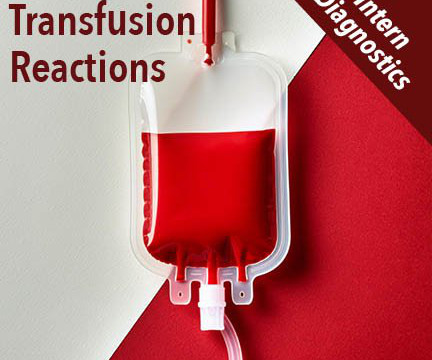Cetirizine Vs Diphenhydramine For the Treatment of Acute Urticaria in the ED
RebelEM
JANUARY 23, 2023
antibiotics, NSAIDs) Acute urticaria with angioedema or anaphylaxis provided that urticaria was still present after initial treatment and alleviation of anaphylaxis symptoms. Exclusion: Presented with acute anaphylaxis, and their acute anaphylactic symptoms had not yet been treated. Patients were randomized in a 1:1 ratio.






















Let's personalize your content